Posted on 8/25/2022

With summer coming to a close soon, there’s nothing better than taking your sweetheart out for a spin. And no – we aren’t just talking about your car. Many people love to get out and enjoy the sun this time of year. The team at Auto Doc has created this list of fun date ideas that you and your partner can do. Watch the Sunset Together Nothing screams a romantic date night like watching the beautiful sunset together. The Houston skies can be firey bright with red, orange, pink, or purple hues around sunset. So we recommend finding an outlook to get an awesome view. Don’t forget to take a camera because you’ll want to capture the moment. View a Movie at a Drive-In Theater The summer has some of the most anticipated and fun movie releases throughout the year. While drive-in theaters are more difficult to find, there are several throughout the Houston area still in business. Bring your sweet ride and your sweetheart to a local drive-in for an unforgettable ... read more
Posted on 7/14/2022
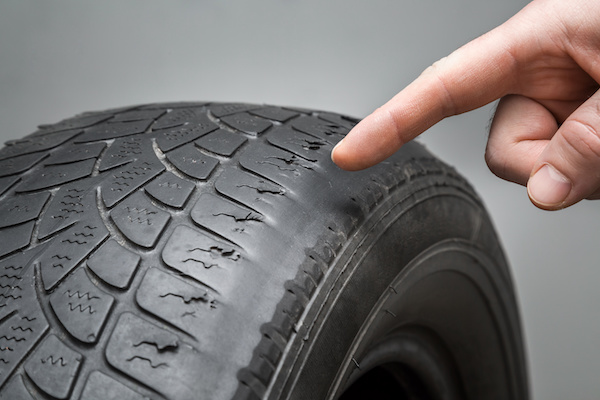
If you've ever taken a close look at your tires, you may have noticed different tread wear patterns. But what do these various tire tread wear patterns mean? There are a few things that can cause various tire tread wear patterns. For example, if your tires are misaligned, they will tend to wear unevenly. Keep reading to learn what various tire tread wear patterns mean. Center Tread Wear The center tread wear is a condition where the tread in the center of the tire wears down more quickly than the tread on the sides of the tire. This can be caused by tire over-inflation. If you notice that your tires are beginning to show signs of wear at the center, it's important to have them checked out by a professional. In some cases, the condition can be corrected by simply adjusting the tire pressure. However, in other cases, it may be necessary to replace the tires. Edge Tread Wear Edge wear is when the edge of the tire wears down faster than the rest of the tire. This can cause prob ... read more
Posted on 6/28/2022
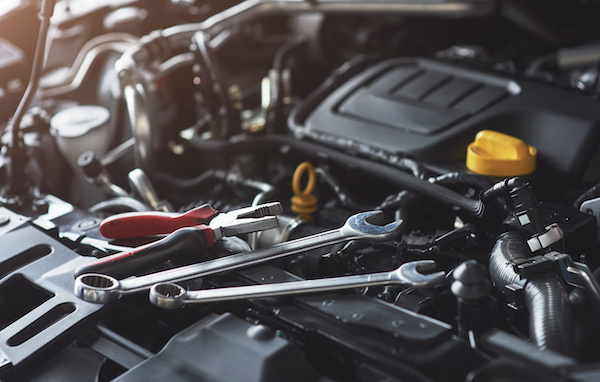
The meaning of a tune-up has changed over the years, and today it is simply a maintenance process that involves checking and adjusting all of the systems and parts relating to the combustion process. Each vehicle is different and requires maintenance at different times. In other words, some cars may need tune-ups more frequently than others. Typically, older vehicles need it more often than newer cars with advanced fuel injection and ignition systems. Whether you are running a newer or older vehicle model, the experts at The Auto Doc can help keep your car running in peak condition! 4 Signs Your Car is Due for a Tune-Up Poor Fuel Mileage - MPG can be difficult to measure if your car doesn’t have an indicator. However, if you are having to fill up a lot more frequently, you should consider a tune-up. Our technicians can run tests and diagnostics to determine what is causing the poor efficiency. New, Odd Noises - If you’ve heard weird sounds while you drive, i ... read more
Posted on 5/4/2022

If you are stumped on what to get your mother for Mother's Day, how about a little something special for her car? Our moms are constantly on the move day in and day out to support us. They’ve used their car to run errands, provide carpools, and work to support us. Now is time to give back and show her how much you care. Your mother's vehicle is her home away from home, so why not make it safer and more comfortable with some enhancements? Below are some of our top car gifts for Mother's Day: Seat covers, wheel covers, and floor mats - These are essential for all the moms out there, who have kids who are likely to make a mess. Covers and mats are easy to clean and prevent stains from depreciating the value of your car. Security devices - These items include remote keyless entry or advanced alarm systems and they can protect your mother's safety. Car organizers - If your mother likes her car neat and tidy ... read more
Posted on 4/28/2022
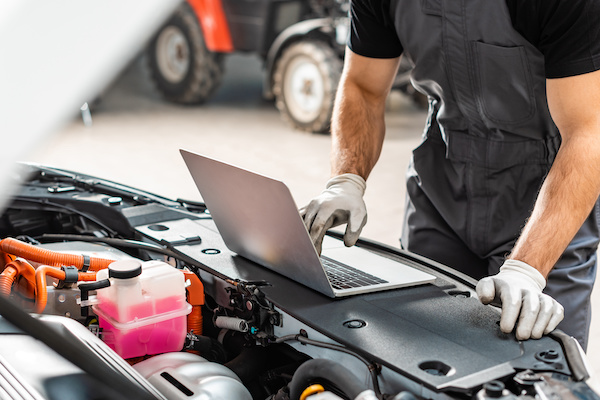
Is one of your dashboard warning lights on, but you have no clue what it could be? If yes, then a computer diagnostics service is precisely what you're looking for. The Auto Doc is the number one trusted source for diagnostics testing in Houston, TX. What Is Computer Diagnostics? Computer diagnostics is a service we offer, where one of our technicians connects our state-of-the-art equipment to your vehicle. The technology scans your vehicle's computer for error codes that helps us look in the right direction of the problem. A car diagnostic requires good quality tools and special knowledge to accurately pinpoint the problem. It can detect anything from ignition timing issues, poor fuel injector performance, alarming engine rpm levels, buildup in the engine, motor temperature, and more. Once we analyze the codes, our technicians will proceed to carefully inspect the problem area to determine what repairs need to be done. Computer diagnostic scans are the first and most ... read more
Posted on 3/25/2022
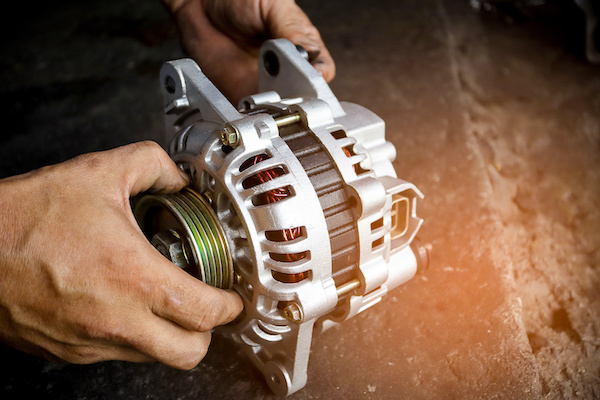
Your car battery and alternator work together to provide electrical energy throughout your vehicle. You can't have one working without the other (or at least not for long). Specifically, the alternator charges your battery and powers your electrical accessories. Once your car battery uses up the energy to start the car, it needs to be replenished. And the alternator does so whenever your engine is running. While vehicle batteries can last most drivers between 3-5 years, how long does the alternator last? An alternator can last longer, up to 100,000 miles in fair conditions. Whenever the alternator grows weak, you may notice your electrical accessories malfunctioning (ex., flickering headlights, dim lighting, and problems starting the car). Below are some tell-tale symptoms that you should have your electrical components tested: Bad Odor – A burning scent coming from under the hood could mean many things, including an overworked electrical system. Weakened or Drain ... read more
Posted on 2/23/2022
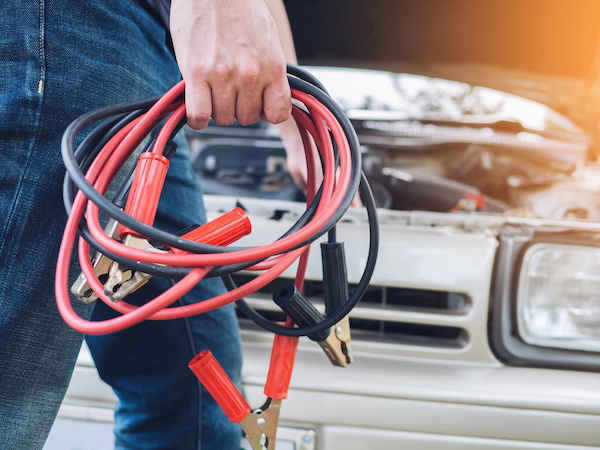
One of the most important things you can learn to do as a driver (other than putting on a spare tire) is how to jump-start your vehicle. Jumper cables can be dangerous if you don't know how to use them properly. Misusage is a leading cause of several auto-related issues. Here are some common mistakes you should try to avoid when jump-starting a car: Storing them improperly - Jumper cables work great if they're in good condition. However, when they start to corrode, you should throw them out. To ensure these cables stay in good shape, store them in a dry and closed environment. Failing to make the right connections - Making the wrong connections can lead to fires and explosions, leading to further damage to your vehicle. To ensure you jump start a car safely, follow these steps: Red to dead Red to donor Black to donor Black to bare metal Boosting a frozen battery - Attempting to jump-start a frozen battery could lead to an outburst. A frozen battery needs to be thawed ... read more
Posted on 1/27/2022
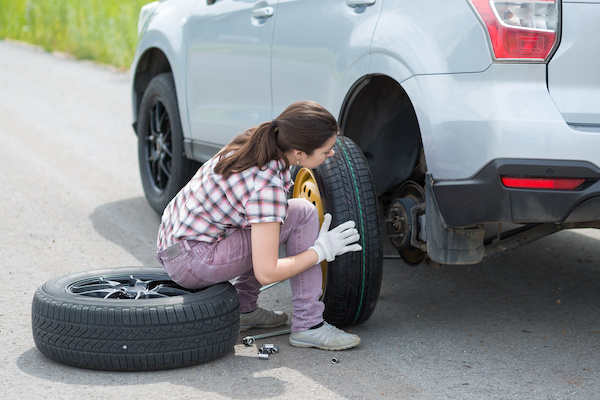
Every driver should learn how to change a flat tire because you're most likely going to have to do it at least once in your life. Before learning the steps of how to change a flat tire, you will need some tools: jack, lug wrench, a spare tire, and your car manual. A pair of gloves, raincoat (if the weather isn't permitting), and flashlight may also come in handy. It would be helpful if you kept these in your car all the time, as all flat tires are usually unanticipated. Instructions Step 1: Loosen the bolts on the wheel Turn the bolt counterclockwise using the lug wrench. Please note: Do not completely remove the bolts. Step 2: Raise the car Read your owner's manual to find your vehicle's jacking points. Place the jack in its proper location and turn the lever clockwise to lift the car. It should be at least half a foot off the ground. Step 3: Remove the tire and replace it with the spare After the car is lifted, unfasten the bolts all the way. Remove the tire by ... read more
Posted on 12/21/2021

Many years ago, vehicles were not equipped with power steering. This mechanism makes it significantly easier for drivers to turn or maneuver their wheels at lower speeds. Nowadays, most drivers take their power steering for granted. When the power steering stops functioning, you should immediately discontinue operating the vehicle until the necessary repairs are made. Signs of a Failing Power Steering Pump As long as your steering works, you should be fine to drive (right?). Well, there are a few signs that your power steering pump may show that may signal an imminent failure. Whining or groaning noise when you turn your wheel Stiffness in the steering wheel Steering wheel is overall slow to respond Squealing sound when you turn your key in the ignition Power steering fluid leak If the power steering pump is still functional and still provides some power steering capabilities, then you are okay to operate your vehicle for short trips. However, you should still schedule an ... read more
Posted on 11/24/2021

Road travel can be expensive, especially during the holidays, so saving a couple of dollars on gas can make all the difference. If you and your family are planning to travel during this holiday season, we've got a couple of tips on our sleeve that can help you get to your destination in the safest and most cost-efficient way. First, check for gas prices. According to the U.S. Energy Information Administration, the national average gas price is predicted to be $3.39 this November 2021, whereas the average was only $2.11 last November and $2.16 last December. That's a whopping $1+ difference! To find the best and lowest gas prices within your proximity, we recommend using GasBuddy.com. You can manage your expectations and budget your gas expense for your holiday trip. Travel light. According to the U.S. Department of Energy, an extra 100lbs on your vehicle could reduce your mpg by 2%. If you want to save on gas, please make sure you pack light for your trip. It would be a ... read more